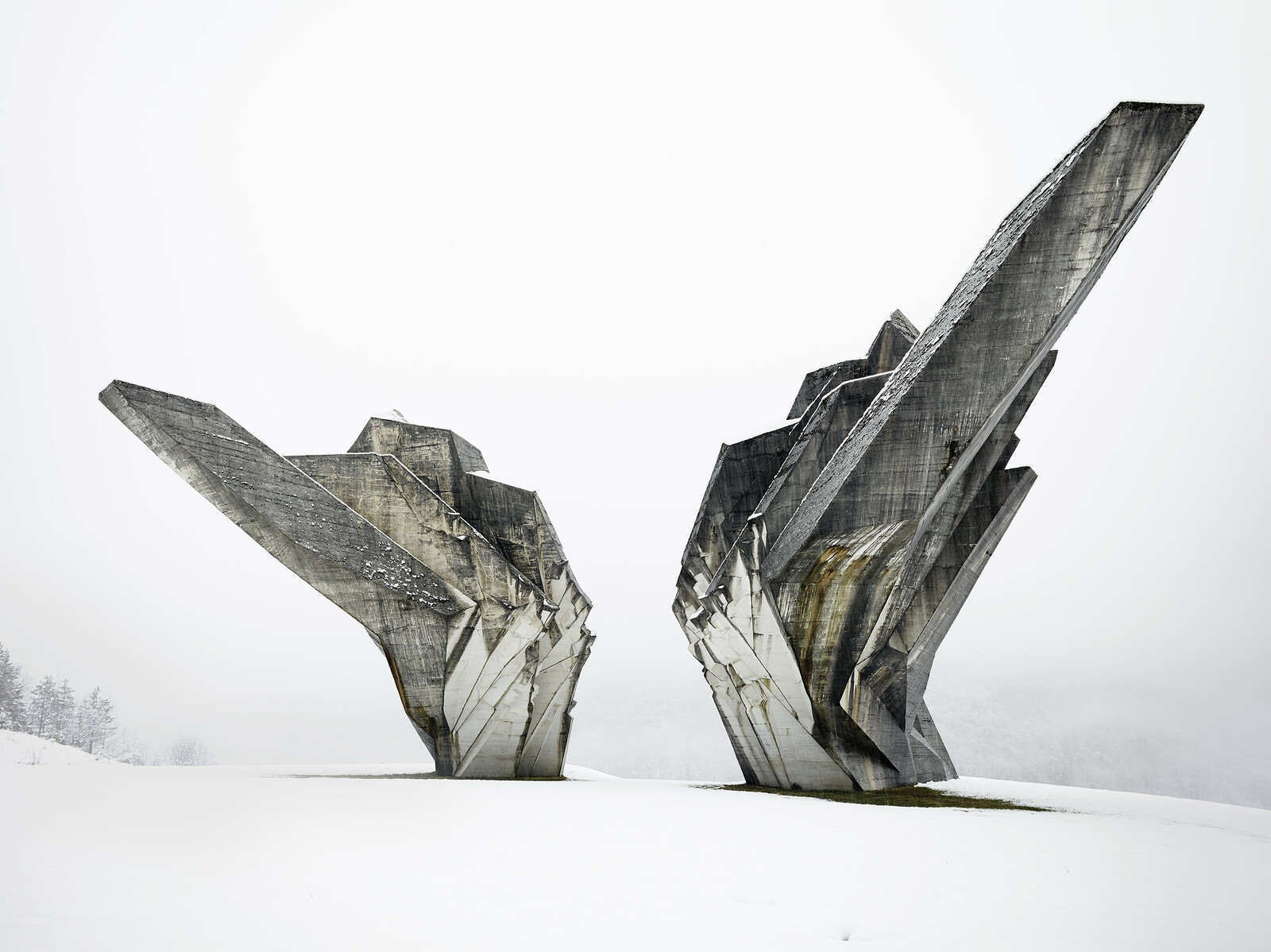The first major exhibition in the United States dedicated to Socialist Yugoslav Architecture
July 15, 2018–January 13, 2019
11 West 53rd Street
New York, NY 10019
USA
T +1 212 708 9400
The Museum of Modern Art presents Toward a Concrete Utopia: Architecture in Yugoslavia, 1948–1980, the first major US exhibition to study the remarkable body of architectural work from Yugoslavia that sparked international interest during the 45 years of the country’s existence. On view from July 15, 2018, through January 13, 2019, the exhibition investigates architecture’s capacity to produce a shared civic space and common history in a highly diverse, multiethnic society through more than 400 drawings, models, photographs, and film reels culled from an array of municipal archives, family-held collections, and museums across the region. Tasked with constructing a socialist society based on “self-management,” modern architecture was a key instrument in the implementation of a utopian vision in a perpetual state of emergence; many of the featured visionary projects and executed buildings speak to architecture’s aspirational role in terms of both design and social impact. Toward a Concrete Utopia: Architecture in Yugoslavia, 1948–1980 is organized by Martino Stierli, The Philip Johnson Chief Curator of Architecture and Design, The Museum of Modern Art, and Vladimir Kulić, Associate Professor, Florida Atlantic University, with Anna Kats, Curatorial Assistant, Department of Architecture and Design, The Museum of Modern Art.
With galleries dedicated to Modernization, Global Networks, Everyday Life, and Identities, the exhibition explores themes of large-scale urbanization, technological experimentation and its application in everyday life, consumerism, monuments and memorialization, and the global reach of Yugoslav architecture. Featuring work by exceptional architects, including Bogdan Bogdanović, Juraj Neidhardt, Svetlana Kana Radević, Edvard Ravnikar, Vjenceslav Richter, and Milica Šterić, the exhibition examines the unique range of forms and modes of production in Yugoslav architecture and its distinct yet multifaceted character. In addition to architectural work, Toward a Concrete Utopia also includes three video installations by renowned filmmaker Mila Turajlić, newly commissioned photographs by Valentin Jeck, and contemporary artworks by Jasmina Cibic and David Maljković.
“Historically speaking, a thorough investigation of the architectural production of socialist Yugoslavia will lead to a better understanding of an important but understudied chapter of architectural history in the bifurcated world order of the Cold War,” said Martino Stierli. “From a contemporary point of view, this body of work serves as a reminder that architecture can only thrive when there is a broad societal understanding of architecture’s power to transform and elevate society and the quality of life it offers citizens.”
Floor Three, The Philip Johnson Galleries
Evening Classes: What Is Modern Architecture?
Wednesday, June 27 and July 11, 18, 6–7:50pm
What is modern architecture? Many answers to this question involve “abstract design vocabularies” and modern materials such as concrete, glass, and steel, but what most defines modern architecture is a commitment to social and spatial justice. Modern architects were idealists who wanted to improve the world through the design of buildings and cities. This utopian impulse took many forms, from the design of affordable housing to infrastructure and environmental planning. In this course we teach students about key modern architects and movements, including the Bauhaus, Le Corbusier, Mies van der Rohe, and Frank Lloyd Wright, and how they aimed to advance social and political ideals through architecture. The format consists of group discussions; walking tours of iconic buildings in New York; a gallery visit to the upcoming exhibition Toward a Concrete Utopia: Architecture in Yugoslavia, 1948–1980; and a visit to the Frank Lloyd Wright Foundation Archives at Avery Library, Columbia University.
Register online at MoMA.org/classes.
Karpo Godina Retrospective
October 19–25, 2018
The Roy and Niuta Titus Theaters
Making a rare appearance at MoMA, Karpo Godina presents his first career-spanning retrospective in the United States. An essential figure of Yugoslav cinema, Godina infused the radical “Black Wave” of the 1960s with an irrepressible expressive freedom—squarely targeting all forms of repression—and thrived long after the end of Titoism and the breakup of the nation in civil war. For more than 30 years, the half-Slovenian, half-Macedonian filmmaker has brought a playfully anarchical spirit to the poetics and politics of film, moving breathlessly between fiction and nonfiction in his avant-garde shorts of the 1960s and ’70s and in his feature films of the 1980s and ’90s. Godina was a frequent collaborator of Bahrudin “Bato” Čengić, Želimir Žilnik, Lordan Zafranović, and other pioneering members of the Black Wave, and he has since worked comfortably in the former Yugoslavian republic as a director, screenwriter, cinematographer, and editor. Organized by Jurij Meden, Curator, Austrian Filmmuseum; Joshua Siegel, Curator, Department of Film, The Museum of Modern Art; and Ana Janevski, Curator, Department of Media and Performance Art, The Museum of Modern Art.
Complete screening schedule and ticket details will be updated at moma.org/film.
Press Contacts
Olivia Oramas, T (212) 408-6400 or olivia_oramas [at] moma.org
Sara Beth Walsh, T (212) 708-9747 or sarabeth_walsh [at] moma.org
#ConcreteUtopia


